A loan is pretty easy to understand. The lender gives the loan recipient money to be repaid over a period of months or years. In exchange for the loan, the loan recipient pays the lender interest.
A line of credit is a loan with numerous benefits to borrowers. Your bank approves your company for a $50,000 line of credit. That means your company can borrow up to $50,000 but isn’t required to borrow the full amount or borrow (draw) it all at once. How you use a line of credit is determined by the cash flow needs of your business and every business is unique.
Which type of credit is right for your company? Let’s take a closer look.
- Term loans give your company the full loan amount upfront. The money is then repaid in prearranged monthly installments throughout the term of the loan. The term of a commercial loan typically ranges from 1 to 15 years.
Interest is charged on the outstanding balance of the loan, and the interest rate charge is usually (but not always) fixed. Term loans make sense when a company needs funds for a specific purpose: an equipment purchase, capital improvements, facilities expansion, marketing and other business expenses. Think of a term loan as an “I know what I need and when I need it” loan.
- Lines of credit give your company the option of borrowing as much money as you need, when you need it, up to a pre-arranged maximum amount.
Interest is charged on the outstanding balance and not on the unused portion of the line of credit. Interest rates are almost always variable and are tied to a standard index like the prime rate. Think of a line of credit as an “I know I’ll need funds but I’m not exactly sure when” loan.
To qualify for a line of credit, the lender will consider why the funds are needed and how much is appropriate to satisfy the business’ need. The lender also will consider available collateral for the line of credit. Collateral typically includes a business’ accounts receivable and inventory, but lenders also may look at fixed assets and real estate to collateralize the line of credit.
How does your business qualify for a line of credit?
Good credit ratings of the business’ owners and a solid company financial history are required. Lenders may utilize U.S. Small Business Administration (SBA) guaranteed lending products for businesses that have a shorter financial history or are growing at a rapid rate.
Be prepared to provide financial documentation like profit and loss statements, balance sheets and company tax returns when applying for a credit line. A clear explanation and plan for how and when the funds will be used allows the lender to understand the operating cycle of your business and its cash flow needs.
Here’s the main difference between a loan and a credit line: a loan lets you make a specific purchase; a line of credit provides the flexibility your business’ cash flow cycle needs. Having a line of credit established is smart planning and mitigates the risk of a cash flow crunch due to unexpected problems or timing issues of payables and receivables.
Talk to the business loan officer at your bank to determine whether a line of credit or a term loan is right for your business. Think ahead and plan how and when the capital will be used and for how long. By working early with your local banker to develop the right financing strategy for your business, you are giving your business a greater chance of growth and success.
For more information about business services:
- Schedule an appointment for a business advisor to call you.
- Call (866) 314-0315
- Or contact your local Arvest banker


